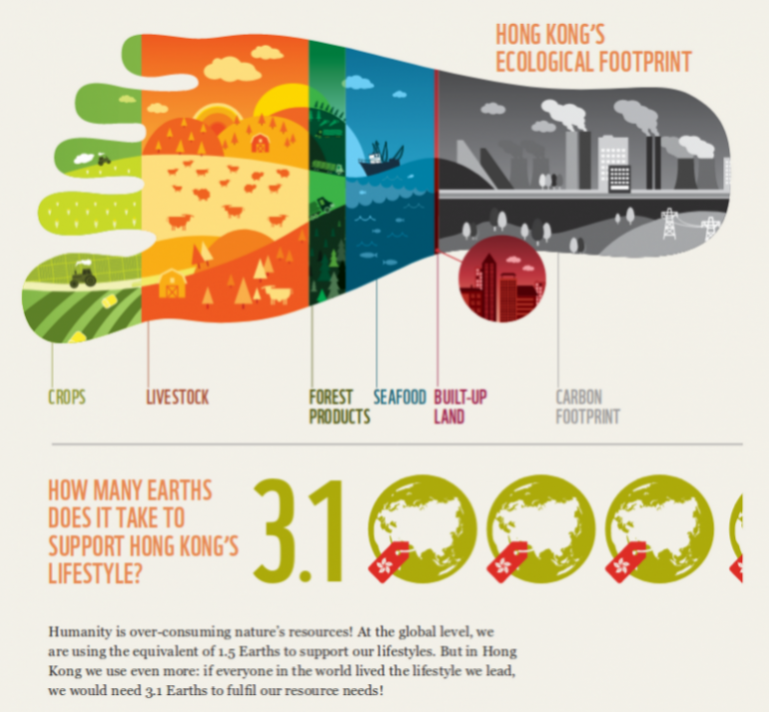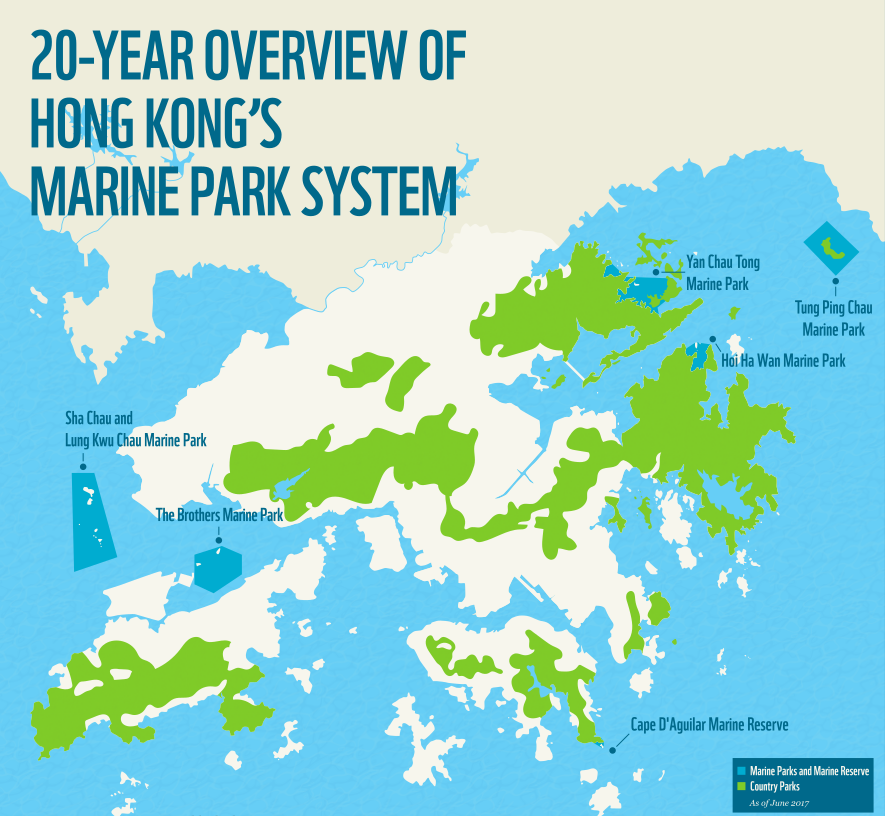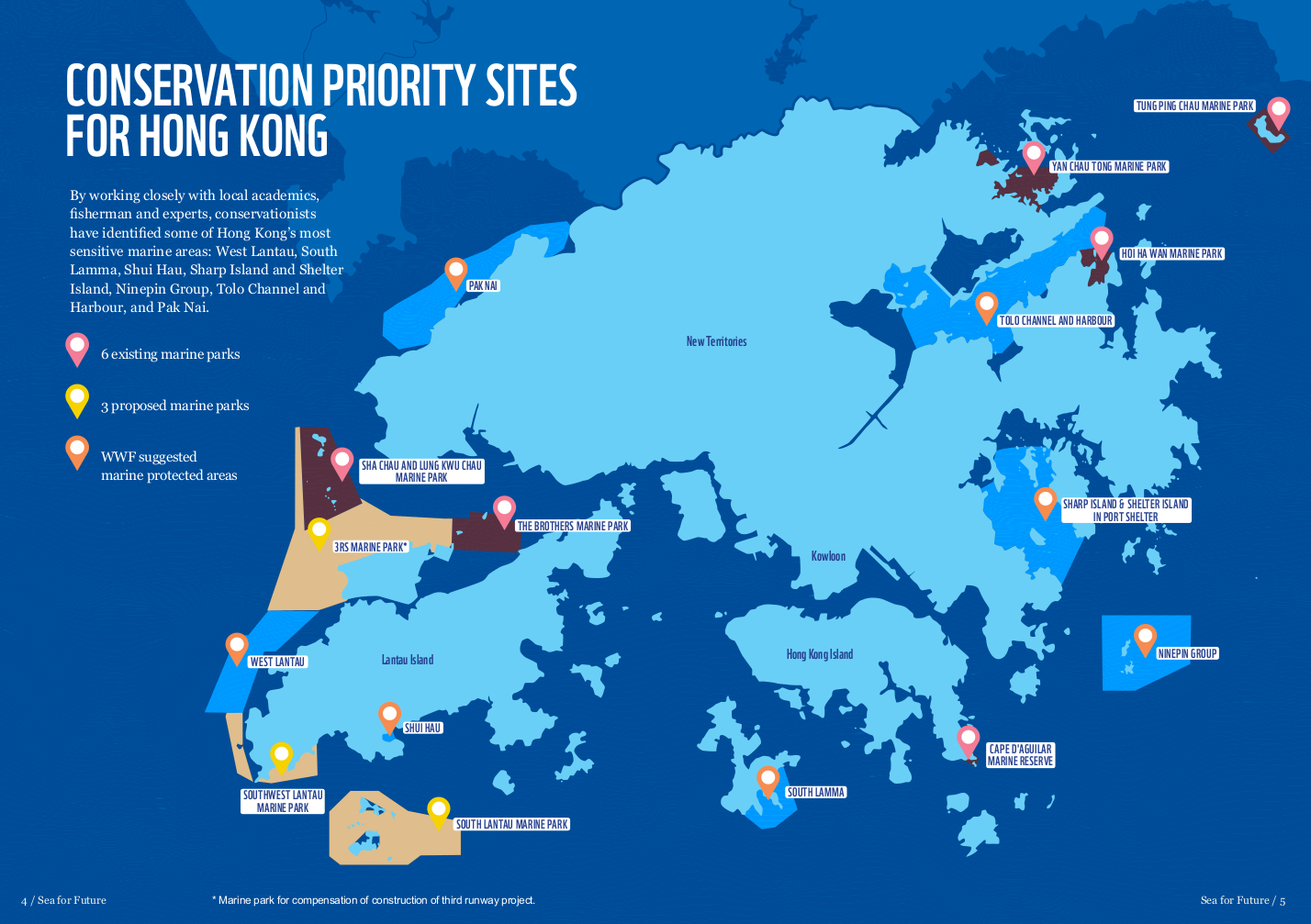Background
Hong Kong (香港), a Special Administrative Region (SAR 特別行政區), lies off the southern coast of the Guangdong Province (廣東省) of the People’s Republic of China (PRC 中華人民共和國). Over an area of 1,106 square kilometers, Hong Kong is now home to more than 7 million people.
From towering skyscrapers to vast shorelines, Hong Kong is a multifarious global city. Colonization under the British for more than a century and a transition of sovereignty to PRC at the turn of the millennium has fostered the growth of a specific Hong Kong identity. The area was simply quaint fishing and farming villages during the Imperial Qing (清) dynasty (1644-1911); however, its proximity to the resource-rich Pearl River Estuary and accessibility as a port made it attractive to European colonial powers. Following the First Opium War (1839-1842), the Hong Kong Island was ceded to the British in 1842; the Kowloon (九龍) Peninsula in 1860 after the Second Opium War (1856-1860), as well as the leasing of the New Territories (新界) in 1898, completed the British influence of the then “Canton” area. Hong Kong has since developed into a major financial hub and trade center, and it continues to flourish as the entire territory was returned to China in 1997 under the “one country, two systems” (一國兩制) constitutional principle.
This global megacity, considered by many to be a “concrete jungle,” is among the world’s most densely populated cities. Compared to other urban places, Hong Kong has developed less than 25 percent of its natural landscape, resulting in a density of 6,699.6 per square kilometer (Europa 2018). The limited developed area and critical role of Hong Kong’s natural landscapes — home to countless critical indigenous species — have at times brought conflicts between economic development and environmental protection. This is also where WWF-HK enters into the picture, helping with the management and education of, among other tasks, environmental issues in Hong Kong.
Source: Europa World Plus. (2018). “Hong Kong” Country Profile. Routledge.

The complexity of Hong Kong is reflected in its Ecological Footprint. Defined as the total of natural resources used by a population in a given area, the Ecological Footprint is important in determining the land and sea usage of an area, especially in comparison to the area’s biocapacity. Biocapacity encompasses all the usable areas for production of goods and infrastructure. In the case of Hong Kong, when the resources used exceeds the capacity of production, it becomes dangerous for the sustainable future of a people and an area.
Source: WWF-Hong Kong. (2014). Hong Kong Ecological Footprint 2014 Update. WWF-Hong Kong.

Hong Kong has designated 40% of its land to country parks, because of its naturally mountainous areas, which are more difficult to develop. On the other side, there is a rising concern about the condition of the surrounding sea. Marine Protected Areas (MPAs) were first established in 1996; these areas are key in sustaining the habitats of marine life and in regenerating fish populations. WWF-HK has reviewed the current state of MPAs and found a continual need for the expanded protection of marine areas.
Source: WWF-Hong Kong. (2017). WWF-Hong Kong’s Marine Health Check Report: Our Sea, Our Future. WWF-Hong Kong.

WWF-HK, in recognizing a need for more protection of marine habitats and wildlife, began a campaign to expand the Marine Protected Areas (MPAs) to 10% by 2020 and to 30% by 2030. The proposal includes seven new suggested MPAs chosen with the consultation of local experts and environmental professionals. These proposed areas focus on combating conservation issues such as marine litter, overfishing, and coral degradation.
Source: Lee, Samantha, and Lam, Angel. (2018). Sea for Future: Conservation Priority Sites for Hong Kong. WWF-Hong Kong.
